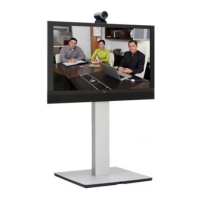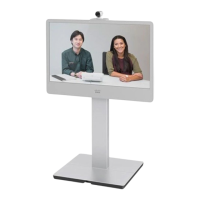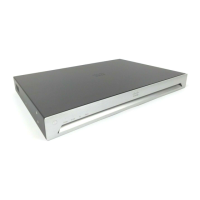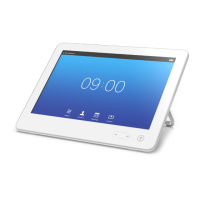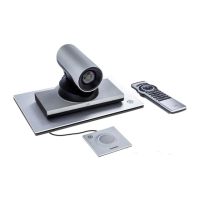D15119.02 MX700 and MX800 Administrator Guide TC7.2, AUGUST 2014. www.cisco.com — Copyright © 2014 Cisco Systems, Inc. All rights reserved.
77
Cisco TelePresence MX700 and MX800 Administrator Guide
H323 Profile [1..1] H323Alias ID
Lets you specify the H.323 Alias ID which is used to address the system on a H.323 Gatekeeper
and will be displayed in the call lists. Example: "firstname.lastname@company.com", "My H.323
Alias ID"
Requires user role: ADMIN
Value space: <S: 0, 49>
Format: String with a maximum of 49 characters.
Example:
H323 Profile 1 H323Alias ID: "firstname.lastname@company.com"
H323 Profile [1..1] PortAllocation
The H.323 Port Allocation setting affects the H.245 port numbers used for H.323 call signalling.
Requires user role: ADMIN
Value space: <Dynamic/Static>
Dynamic: The system will allocate which ports to use when opening a TCP connection. The
reason for doing this is to avoid using the same ports for subsequent calls, as some firewalls
consider this as a sign of attack. When Dynamic is selected, the H.323 ports used are from
11000 to 20999. Once 20999 is reached they restart again at 11000. For RTP and RTCP
media data, the system is using UDP ports in the range 2326 to 2487. Each media channel
is using two adjacent ports, ie 2330 and 2331 for RTP and RTCP respectively. The ports are
automatically selected by the system within the given range. Firewall administrators should
not try to deduce which ports are used when, as the allocation schema within the mentioned
range may change without any further notice.
Static: When set to Static the ports are given within a static predefined range [5555-6555].
Example:
H323 Profile 1 PortAllocation: Dynamic
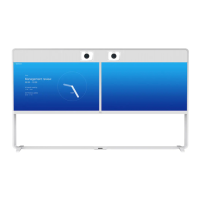
